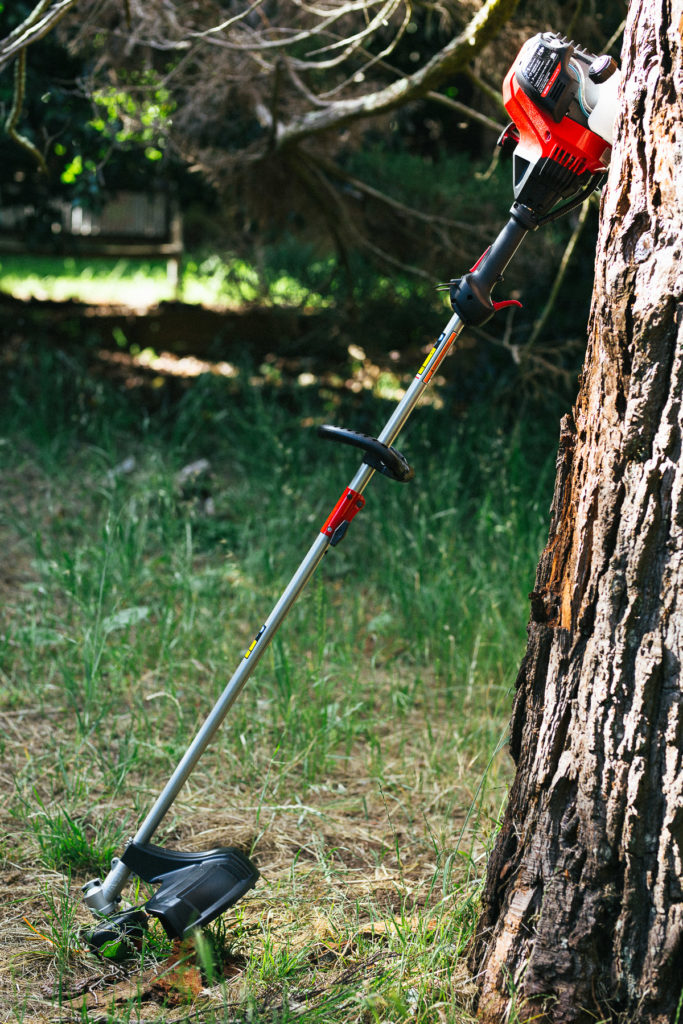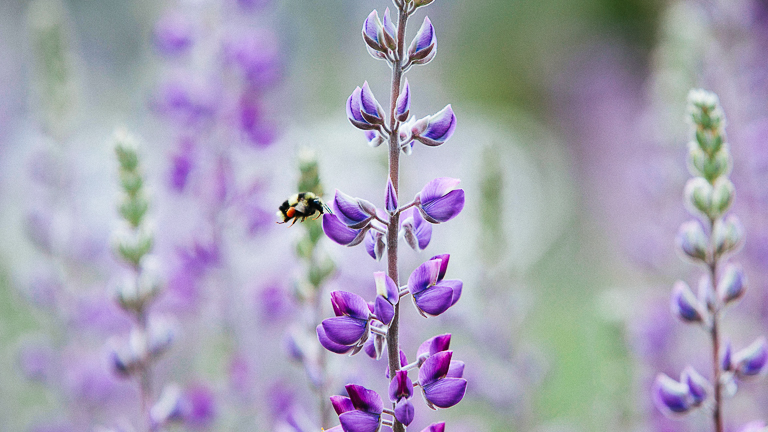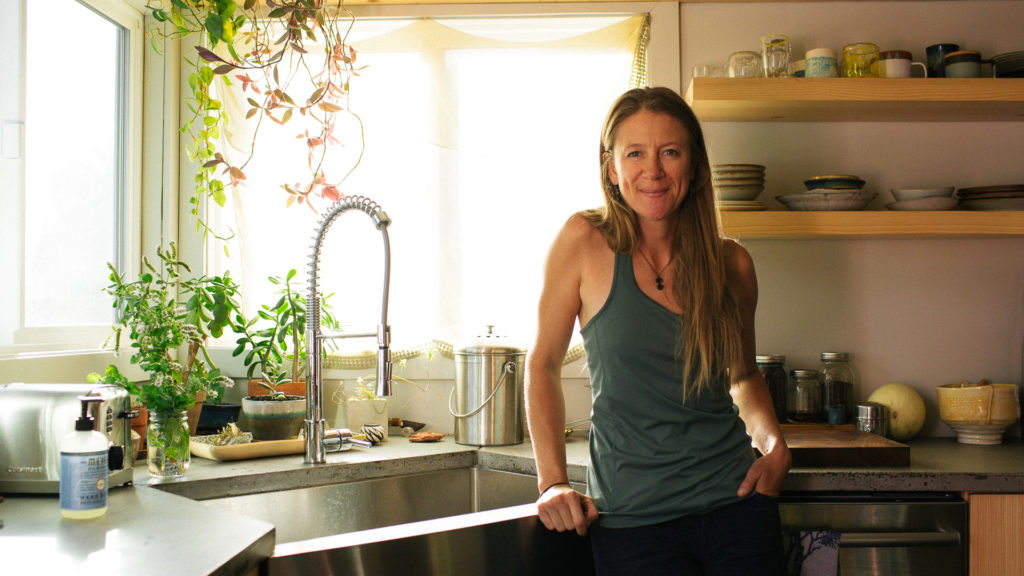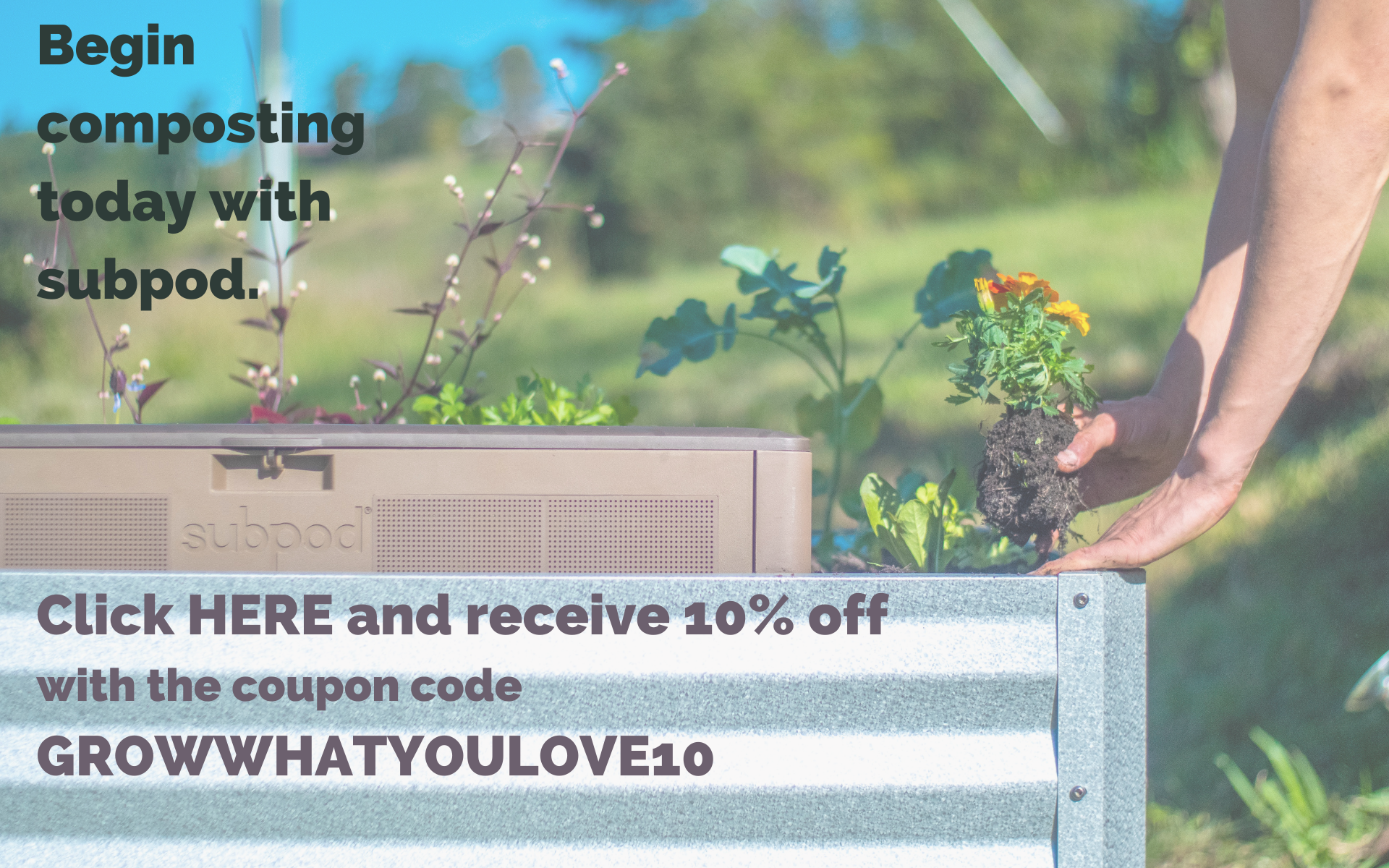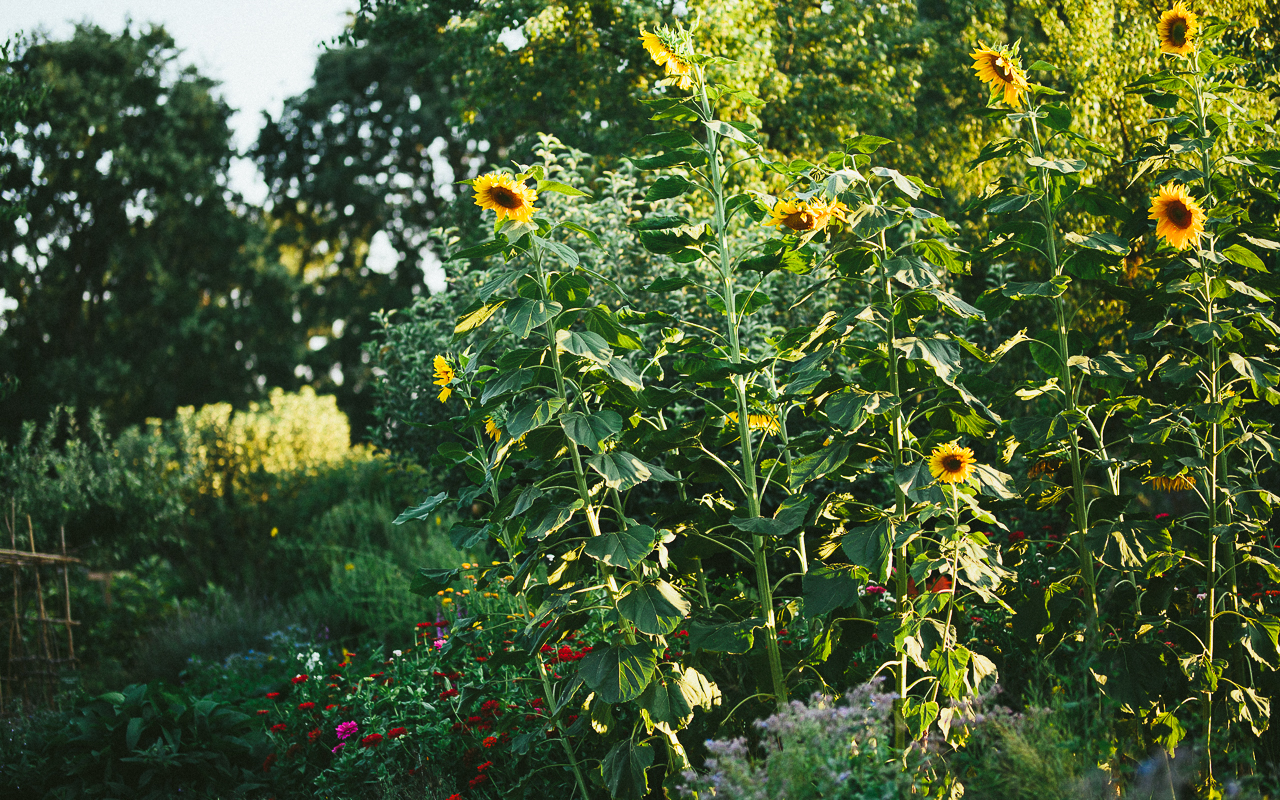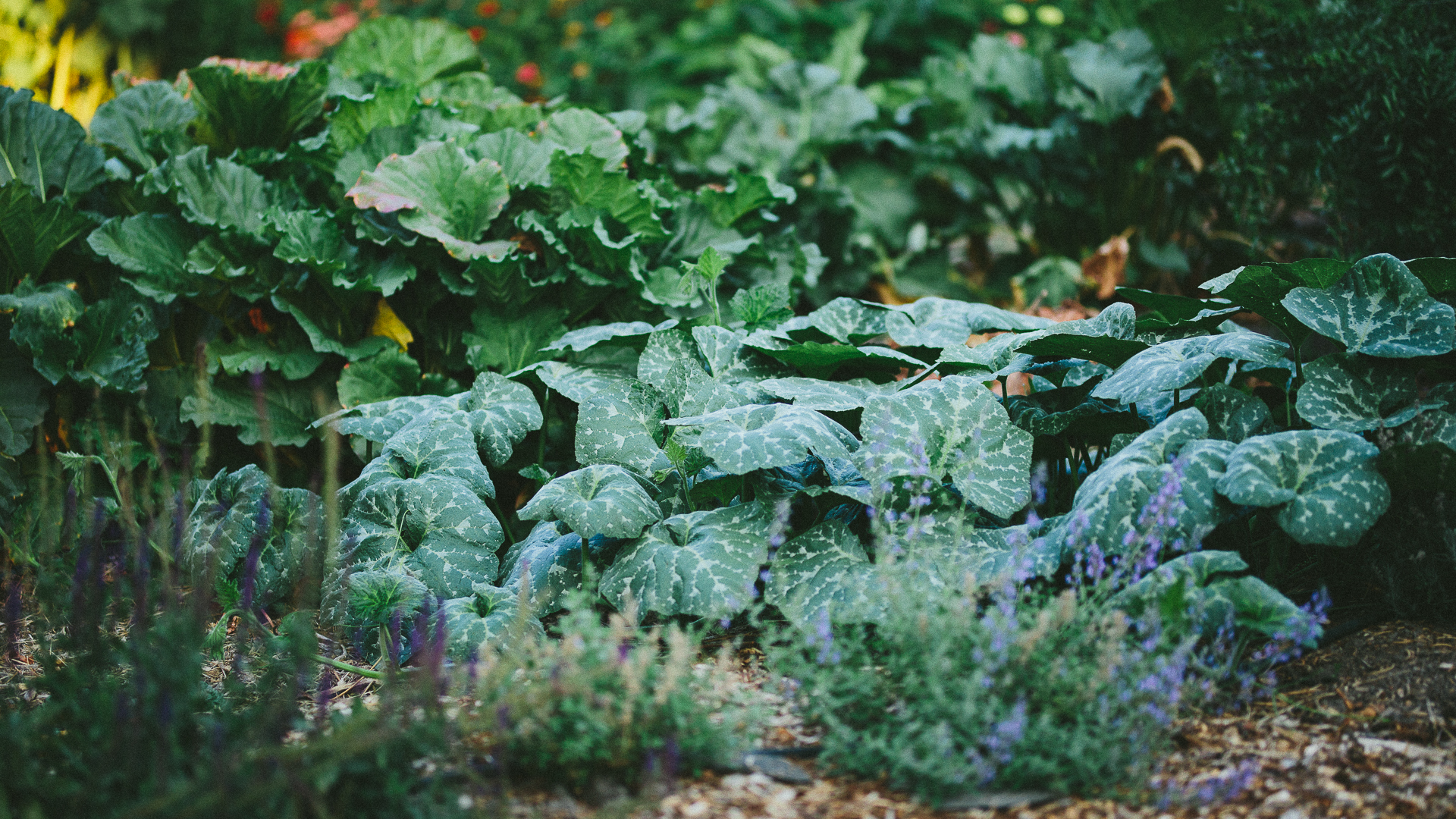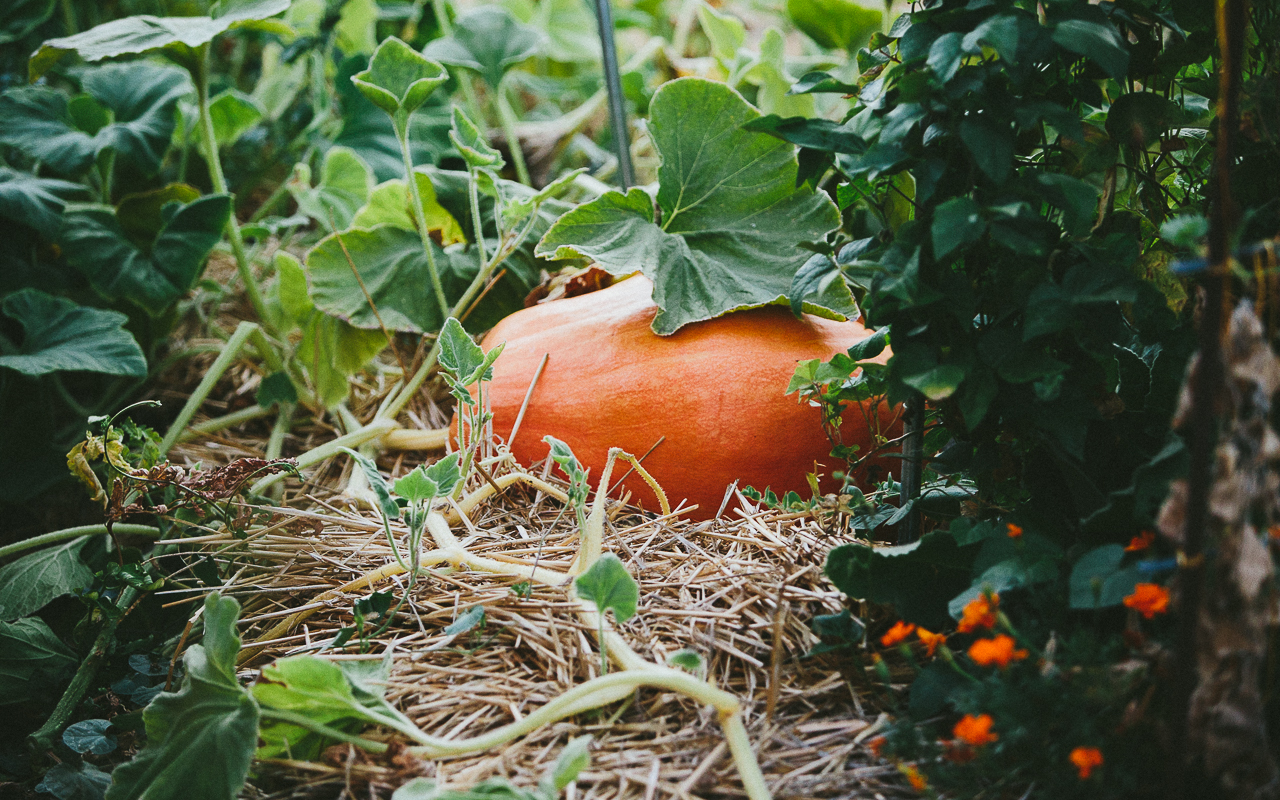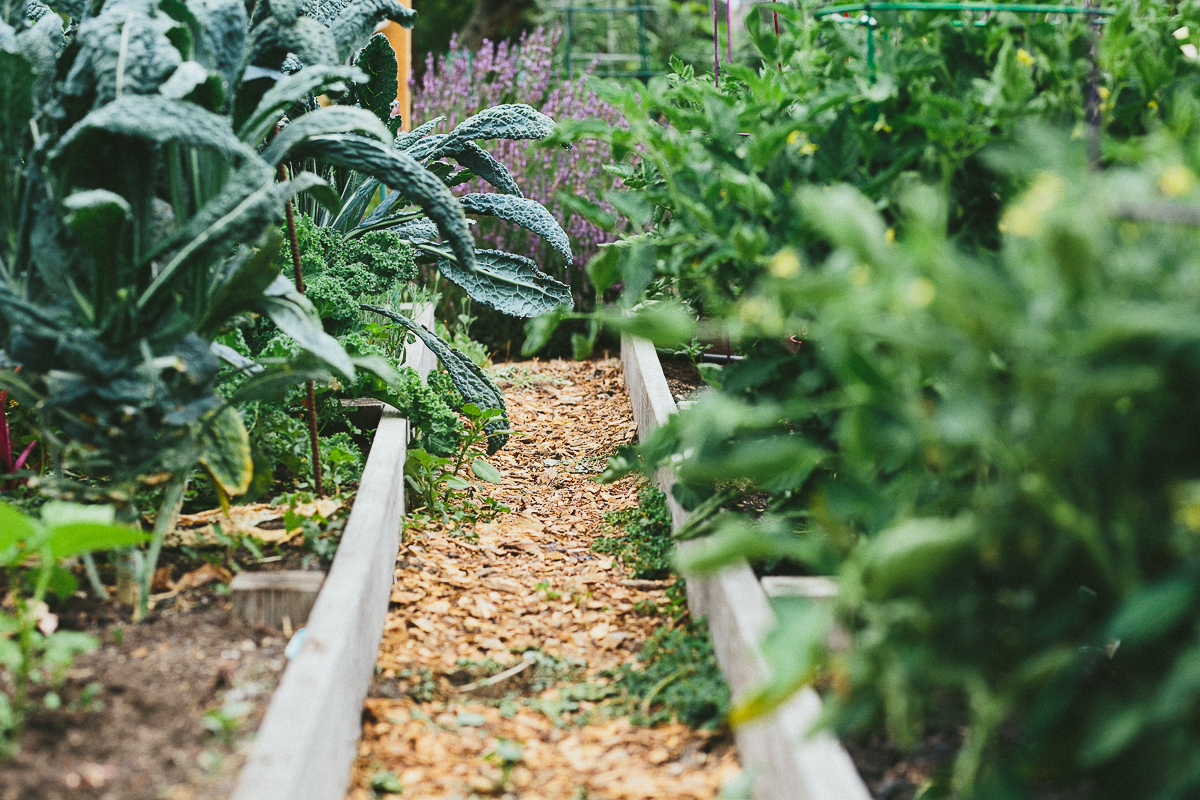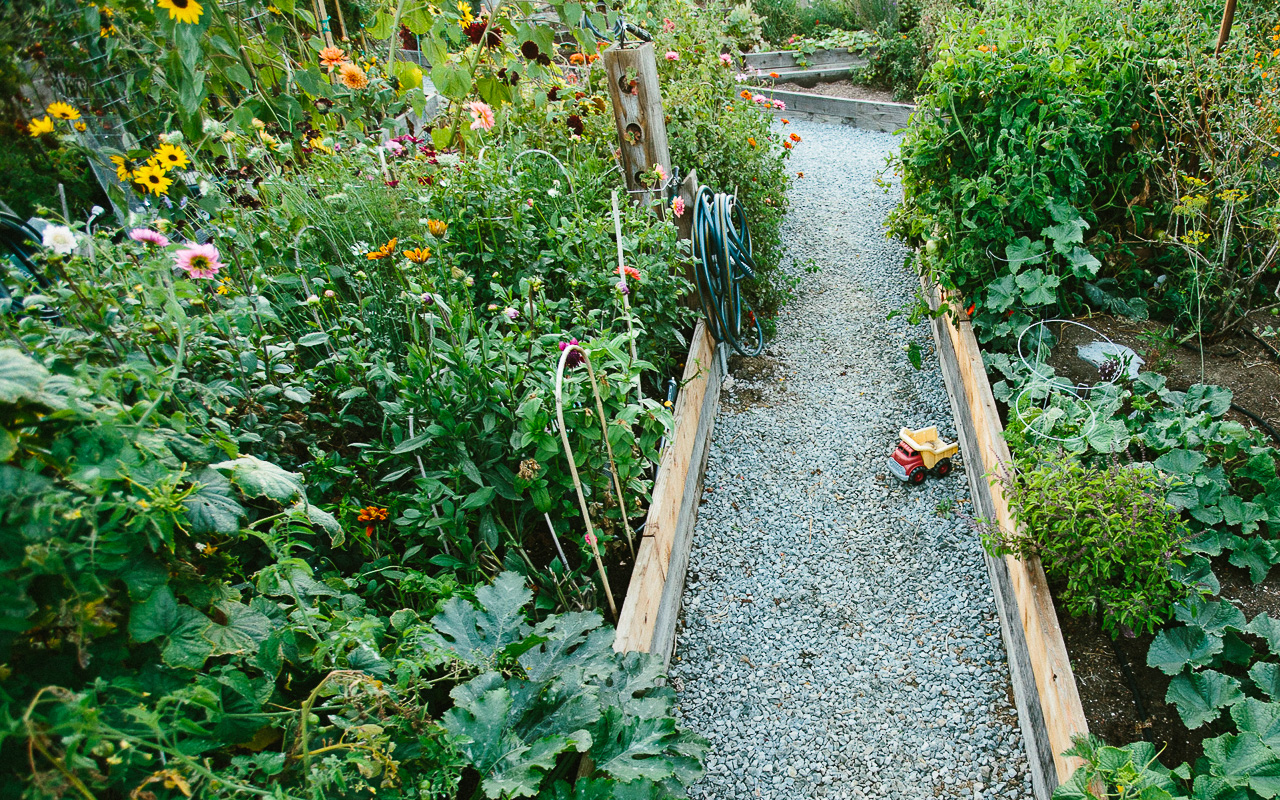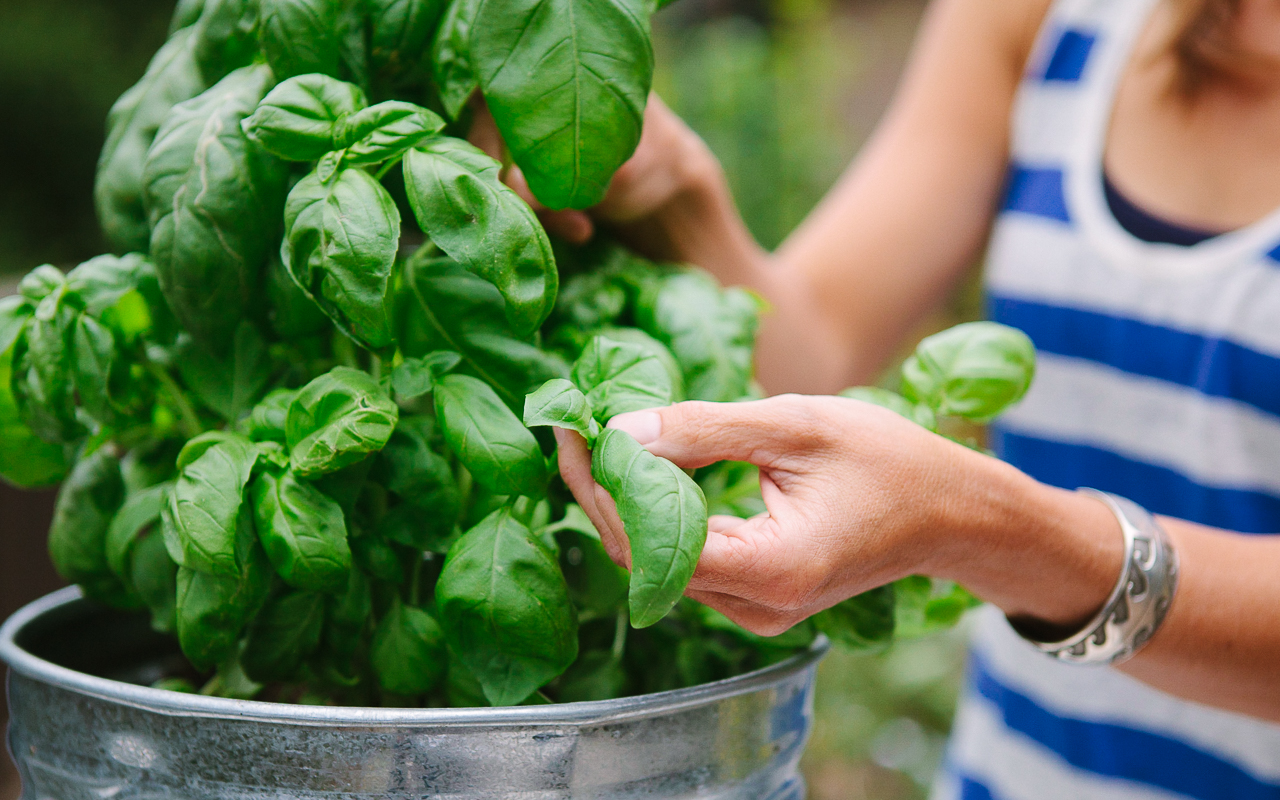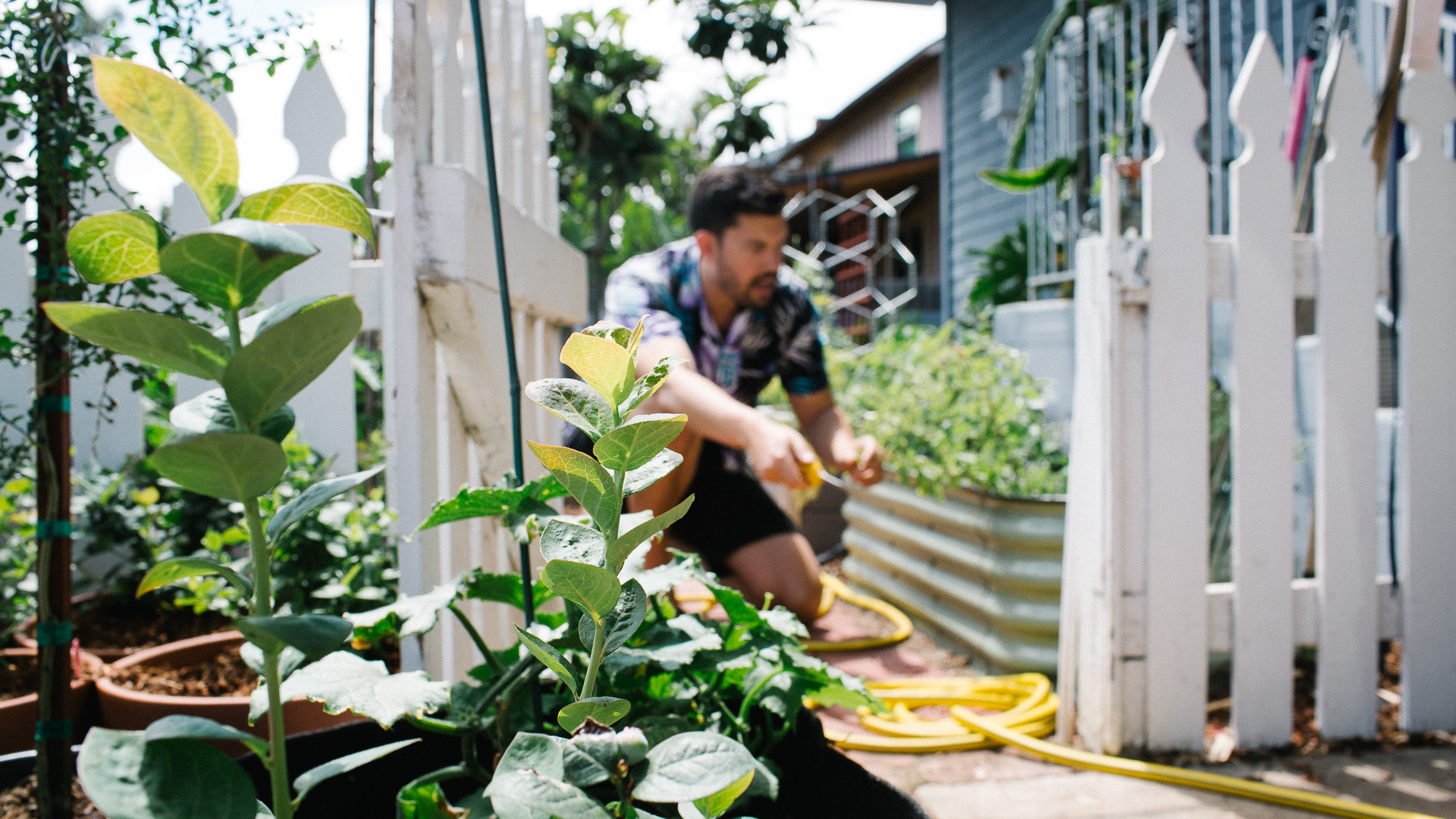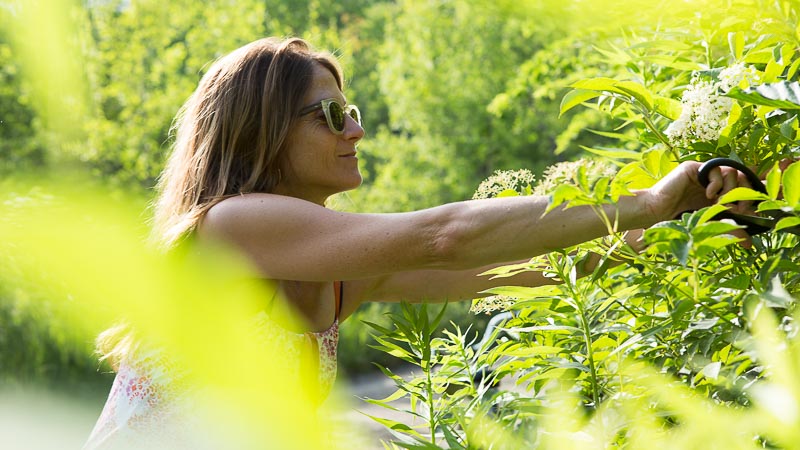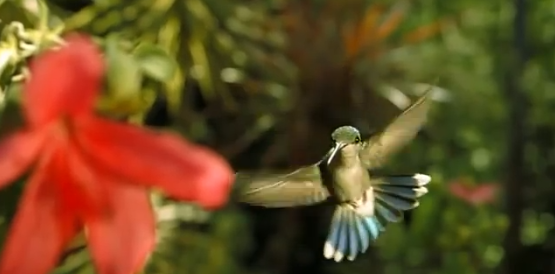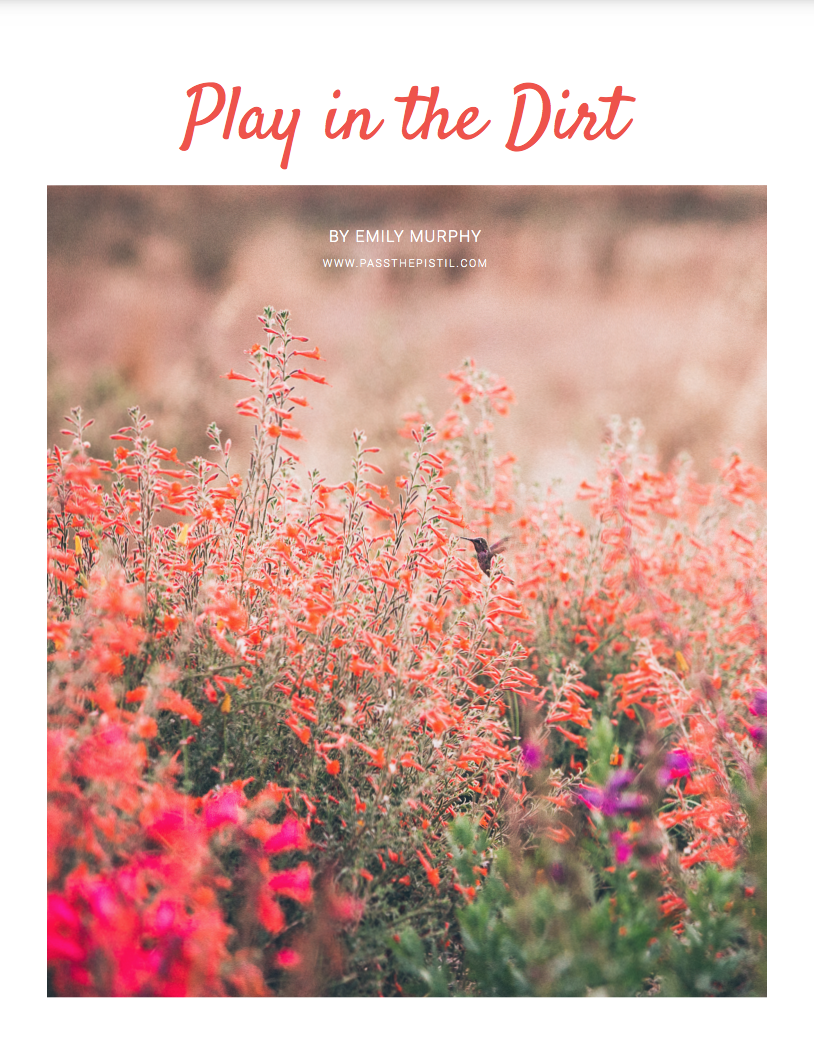How to Grow Blueberries, Identify Weeds & Choose the Best Plants
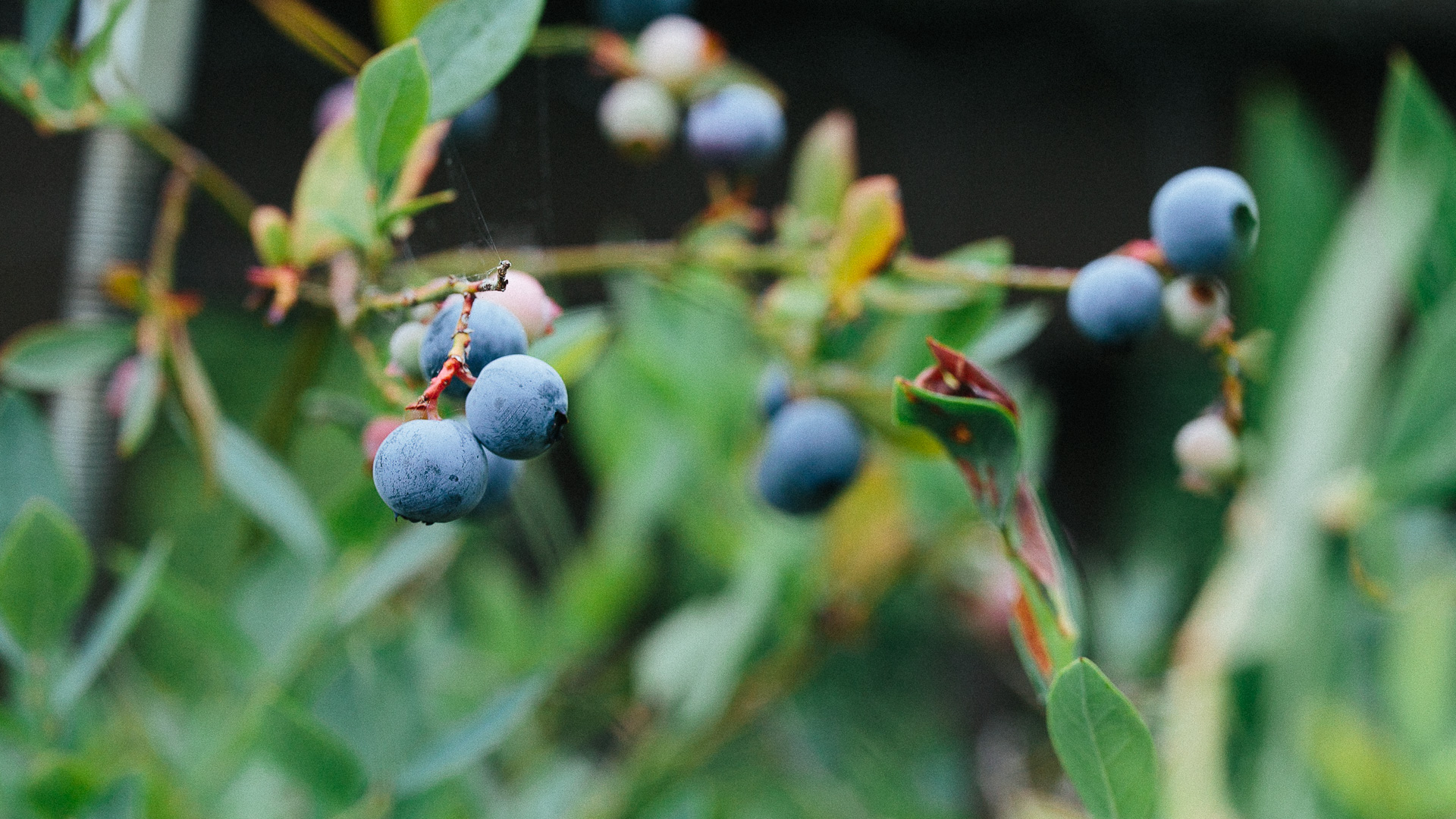
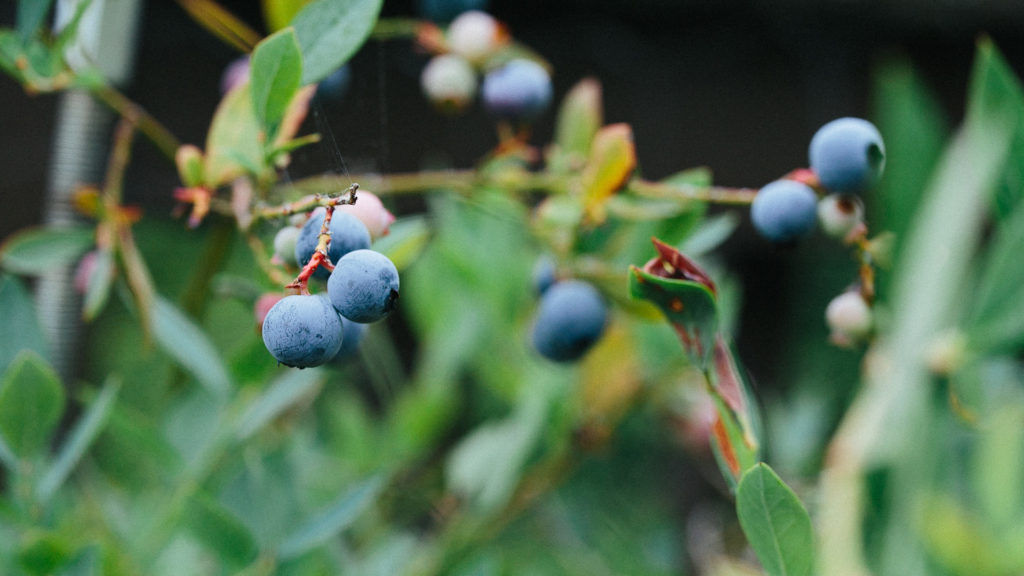
You may be asking many of the same questions as other gardeners. How to grow blueberries, care for grapes, identify weeds, and choose the best plants for you and your yard?
In this Troy-Bilt sponsored post and video, I talk with Serena Appiah from @thriftdiving. We take a tour of her garden and dive into some of her concerns.
Join Us for a Tour of Serena’s @thriftdiving Yard
If you haven’t seen the video you can watch it on my Instagram TV @passthepistil here or you can see it on Serena’s YouTube channel as linked below.
Blueberry Care Basics
First, begin with acid-rich soil designed for acid-loving plants like blueberries. Blueberries prefer a soil pH between 4.5 and 5.5.
Next, it’s always a good idea to test the soil pH if you’re not sure what it is or if you notice your blueberries aren’t producing much fruit.
You can use a pH tester like this one from Amazon: It’s common for soil to test fairly neutral, in the 6.5 to 7.5 range, particularly garden soil. If this is the case with the soil in your blueberry patch, you can top the planting area with a soil acidifier. This one from Jobe’s is OMRI certified organic:
Then top the planting area with a pine bark mulch or compost.
Grow more than one variety. Check with your local garden center or neighbors as to which varieties do best in your area.
In winter between January and March, plan to prune blueberry plants. Clean up dead branches, cross branches, and 2 of the oldest canes or branches each year about 4 years after first planting.
Blueberries produce fruit on stems grown the previous year with the most productive stems about 3 years old.
Grape Growing Basics
Grapes are self-fertile, bee-pollinated, and produce fruit on 1st-year branches (branches that grew in the prior season).
The trick with grapes is the give them great soil, a strong structure to climb on and to prune them heavily in winter. Take up to 95% of the branches to keep them tidy and producing, leaving just the branches that were new the summer before.
Prune grapes in winter between January and March and grow bee-friendly plants nearby to encourage pollination.
How to Choose the Best Plants for You and Your Yard
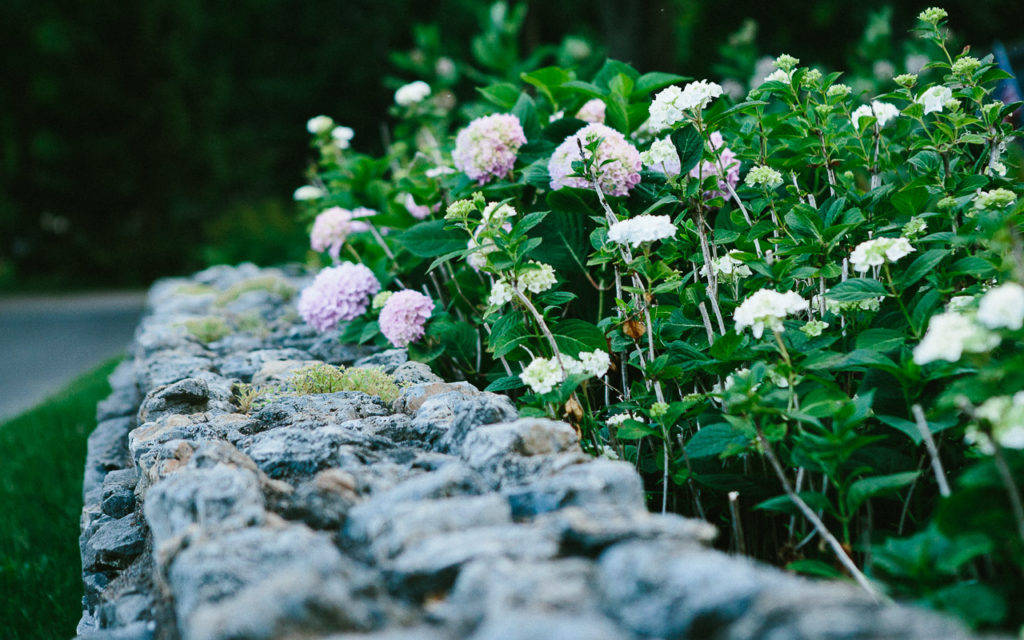
Serena was looking for plants to grow along a walkway in complete shade. If she were working with part shade conditions, I would have recommended growing hydrangeas like the one above.
Instead, we had to turn to native plants like Eastern spicebush and ferns. Hostas are also a good choice for shady conditions.
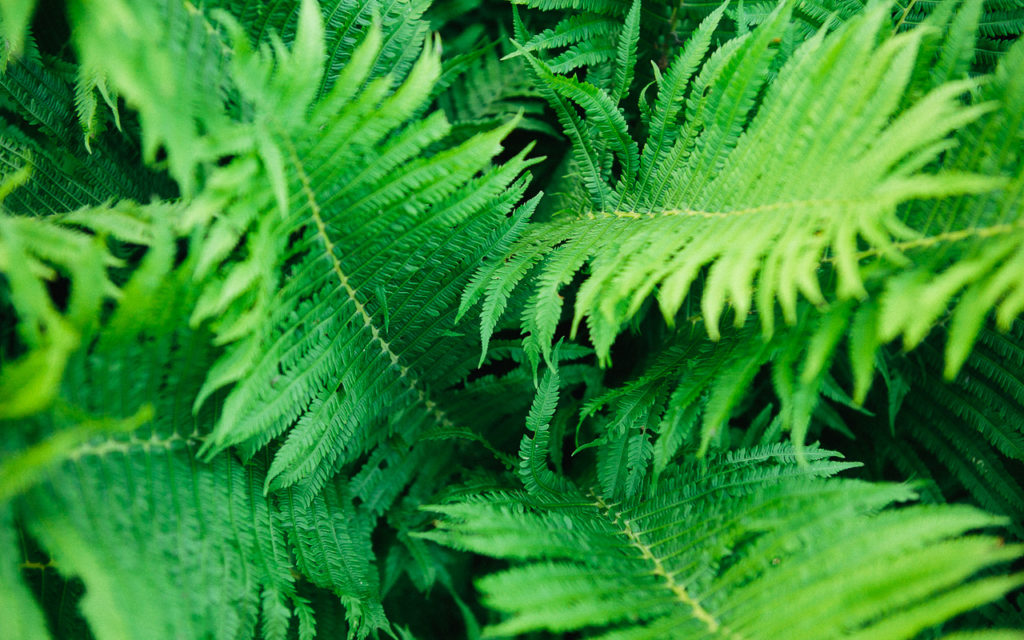
That said, there are loads of wonderful plants to choose from. I suggest beginning with plant about 50 to 70% native plants because they’re adapted to your unique climate and easy to grow. Next, fill in with plants you love and that work well in the conditions you have to offer.
Ask yourself if you’re working with sun, part shade, or full shade? Do you have good drainage? What’s the soil like? Are there weeds to contend with?
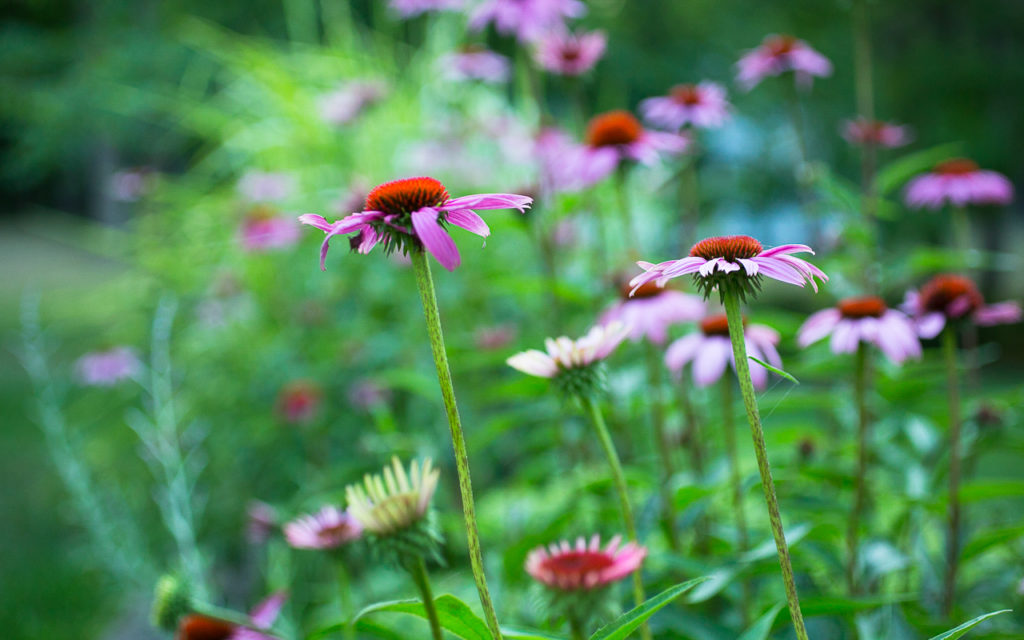
Also, consider adding flowering plants to support pollinators and other wildlife such as birds. Echinaceas like the ones in the photo above are adaptable and resilient. Plus they’re a favorite of bees and butterflies.
What to do About Weeds
Stop and take a closer look before pulling out everything that looks like a weed. Some of the plants you may think are weeds could be important native plants or even edible plants.
Remember the saying, a weed is a plant out of place.
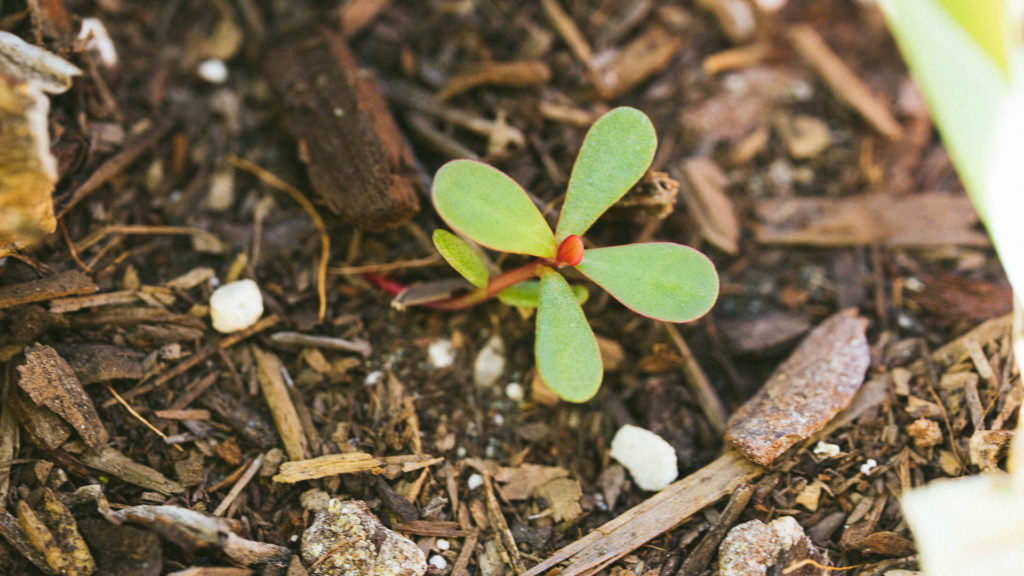
Take this purslane, for instance (above). It’s a weed in most books. It grows where most people don’t want it to grow, but it’s also highly nutritious and wonderful in salads. It turns out too, that it’s not hard to pull up and it’s even easier to grow in a veggie garden.

Other weeds like this thistle, however, can create some havoc in a garden and send you out weeding for hours on end. It’s a good idea to pull up a plant like this with the roots and toss it into the trash — not the compost heap. Because thistles can continue to set flowers even after being pulled up.
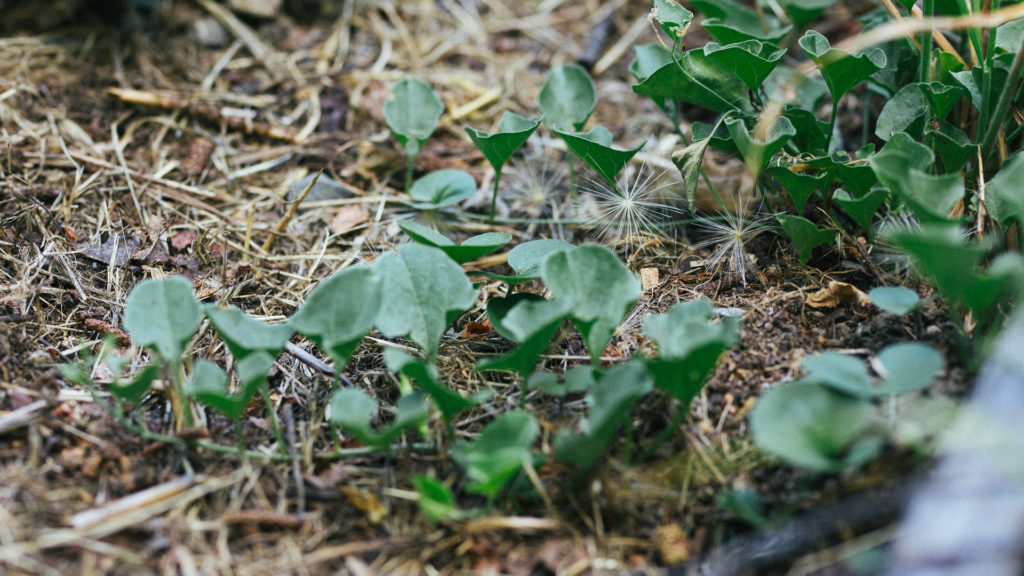
Bindweed is another troublesome plant. Your best bet with bindweed is to cover infested areas with cardboard and 2 to 4 inches of mulch or compost. This will begin to smother the plant. Then, pull it up when you see it return with the roots and all. Repeat the cardboard and mulch process about twice a year for the best results.
How to Prepare a Planting Area
It’s possible to prepare some planting areas simply by putting a blanket of soil and compost over the existing soil. However, I’ve found for best results, that using a layer of cardboard and mulch or compost to be the first best step.
If you’re working with an area that thick with weeds, consider knocking back the thicket with a string trimmer like this one (below) from Troy-Bilt.
You can see if this yard, there’s quite a bit of work to do and a string trimmer can be a great ally.
Learn more about the Troy-Bilt string trimmer here.
Other articles you might enjoy:
Bee-friendly Plants for Your Garden
Grow a Better Pollinator Garden
The Best Soil for Your Garden (and You)
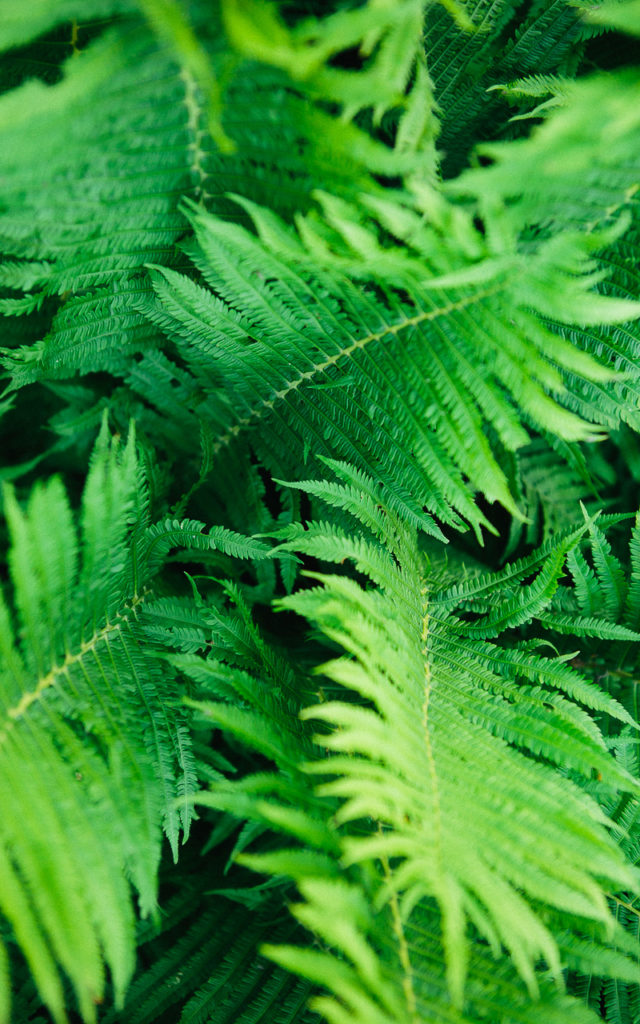
Listen
Buy The Book
Special offers
Newsletter Signup
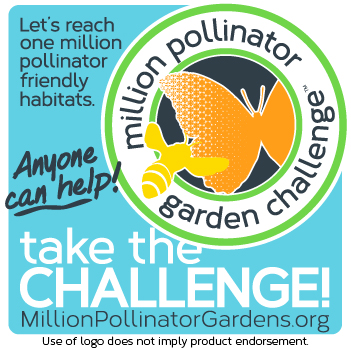
Archives
Disclosure
Pass The Pistil is a participant in the Amazon Services LLC Associates Program and other affiliate programs such as Etsy, affiliate advertising programs designed to provide a means for sites to earn fees by advertising and linking to curated affiliate sites.



